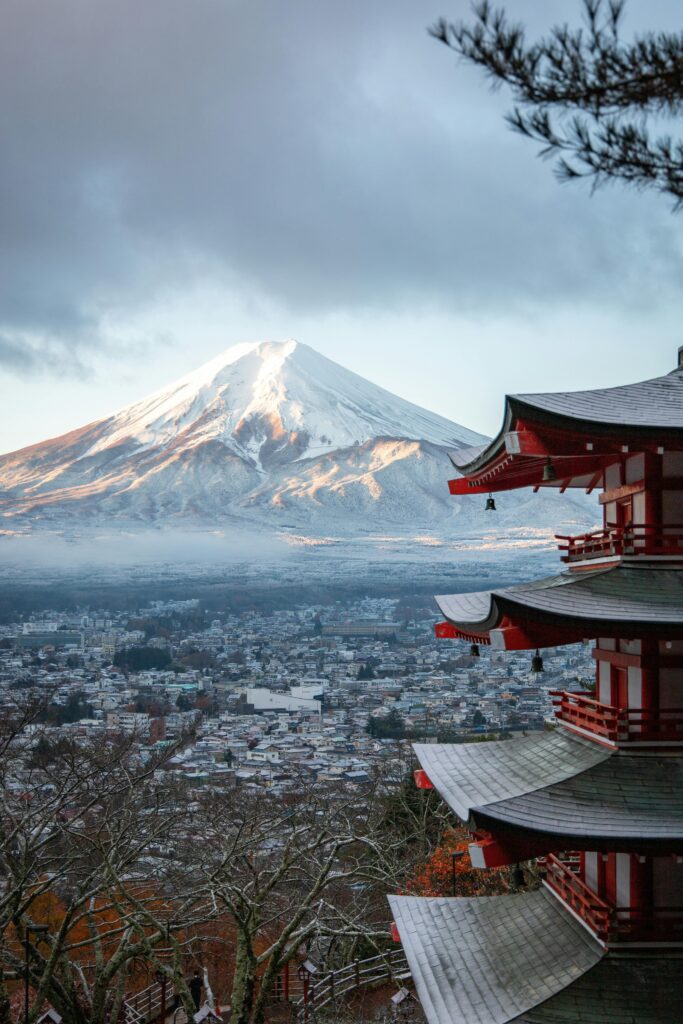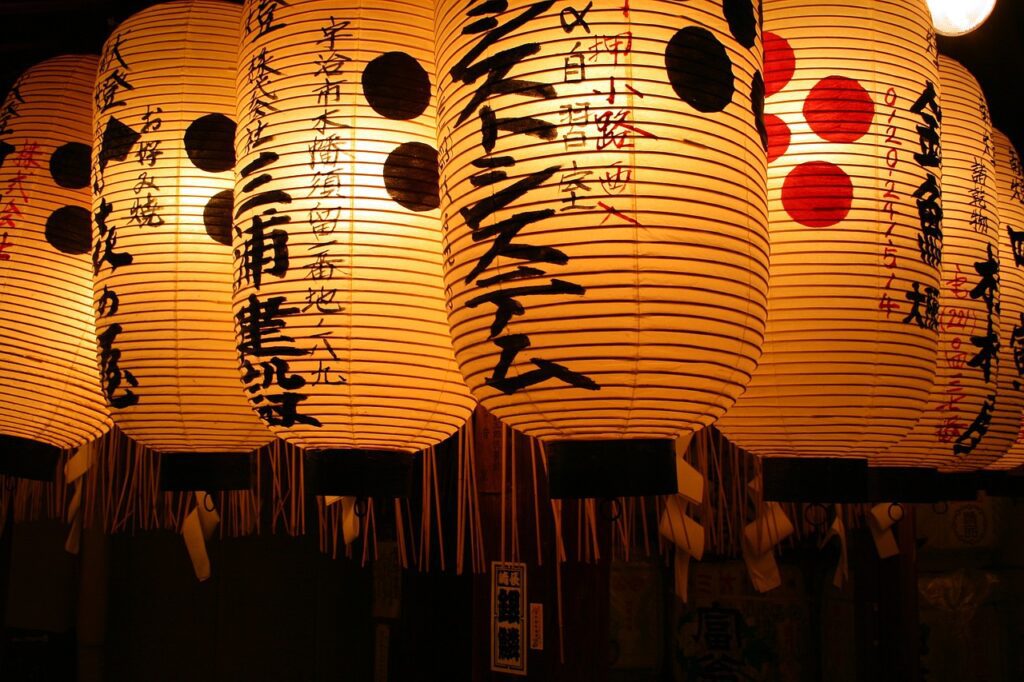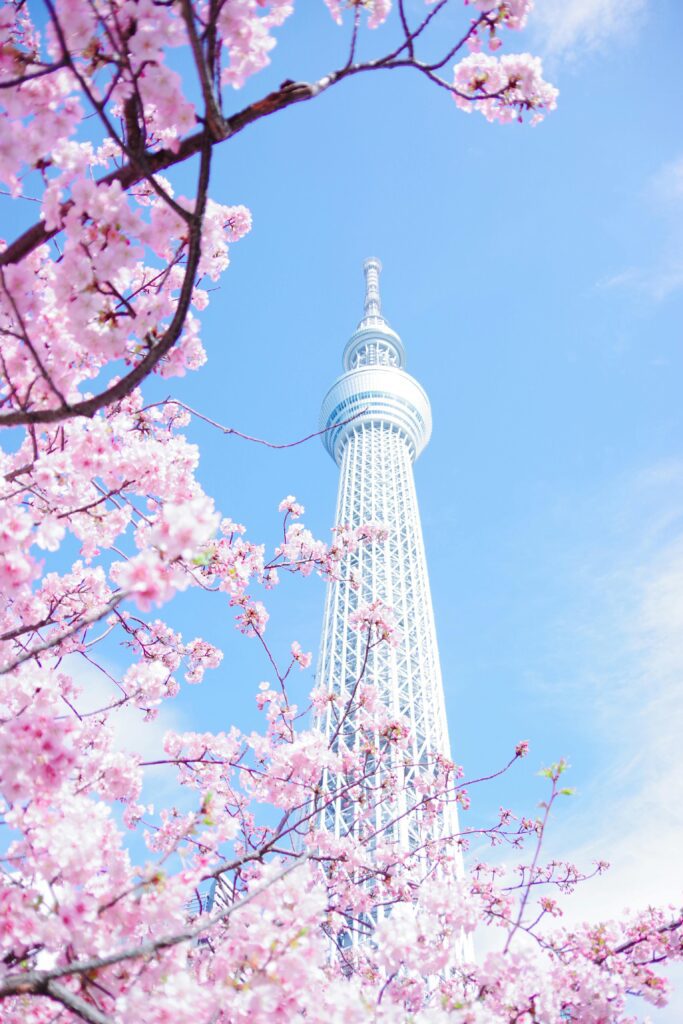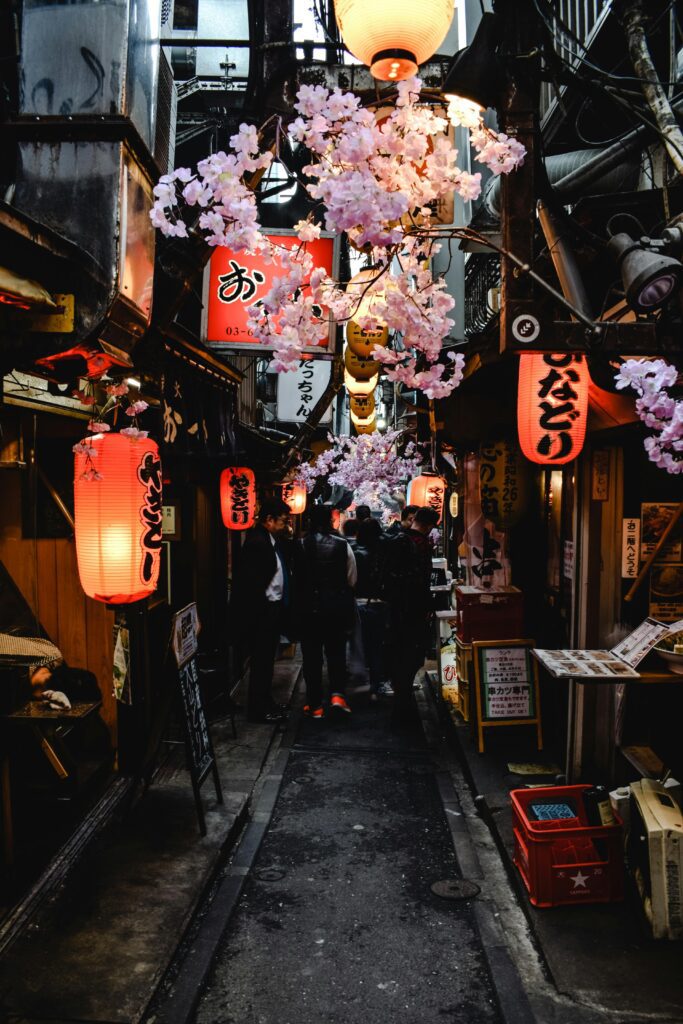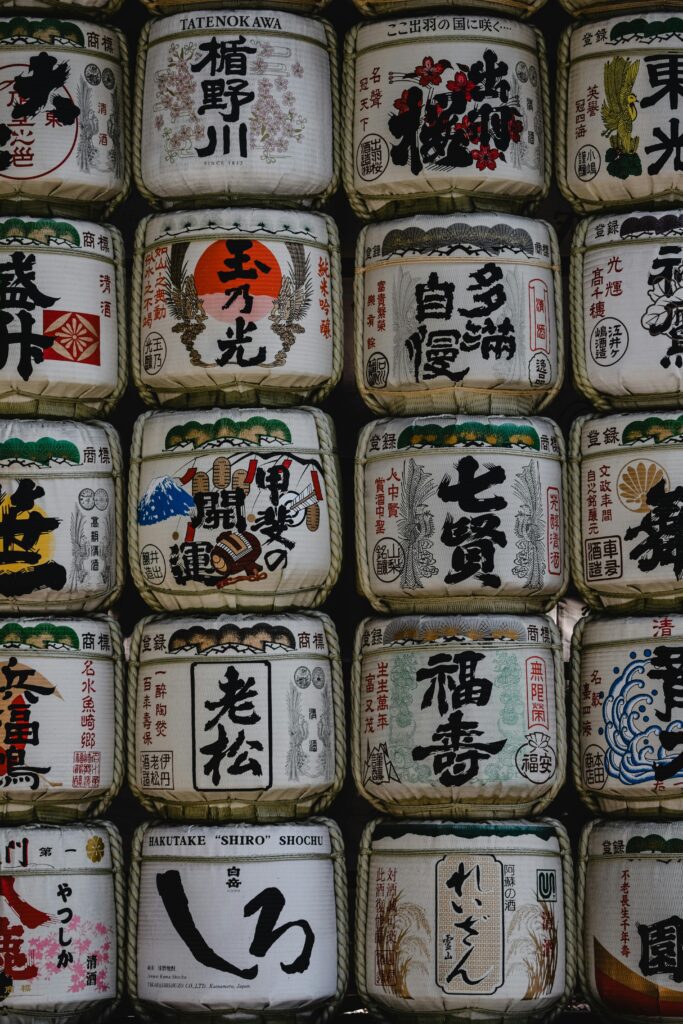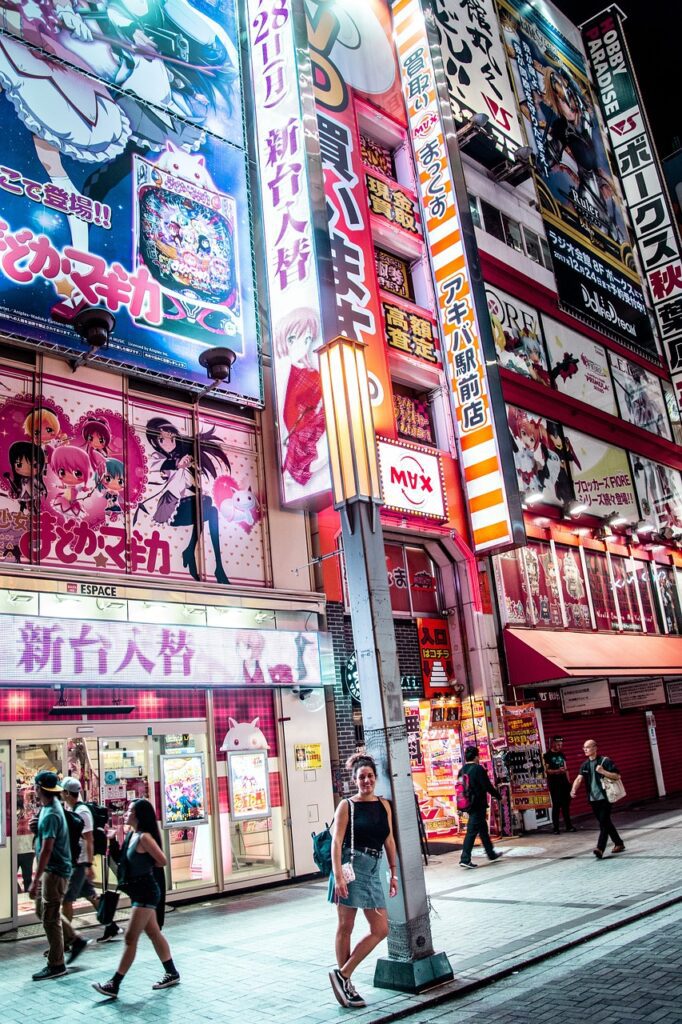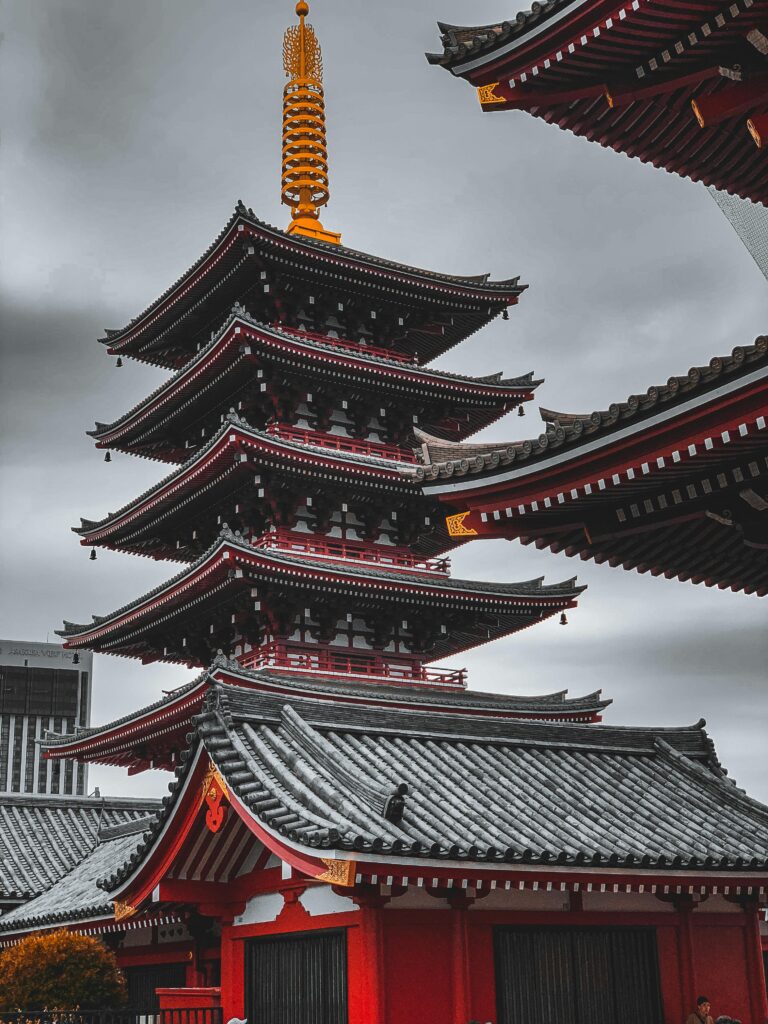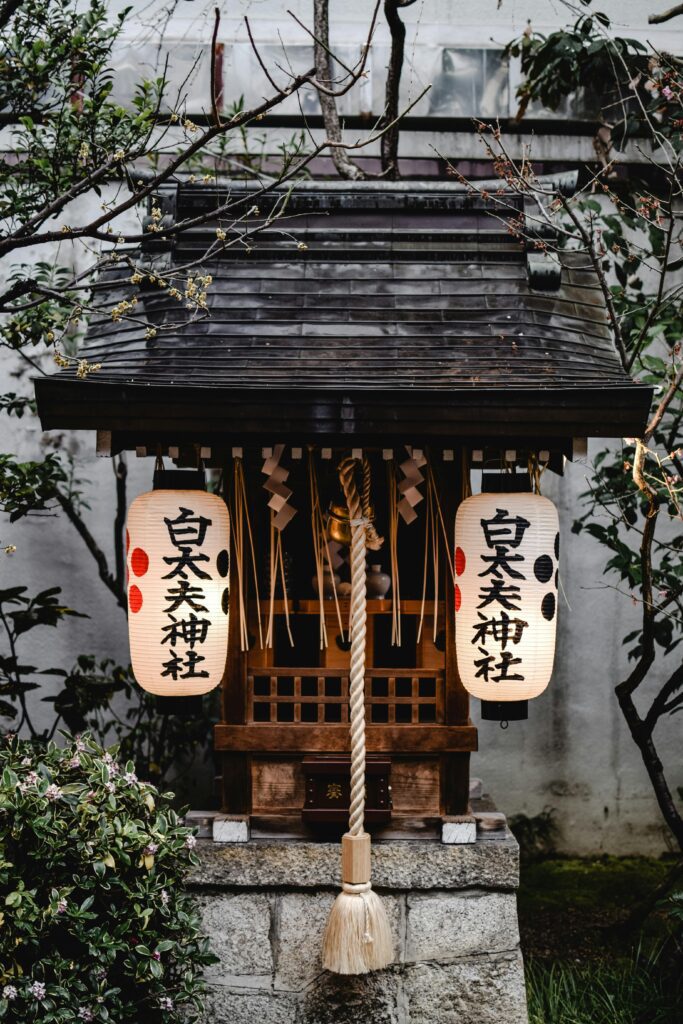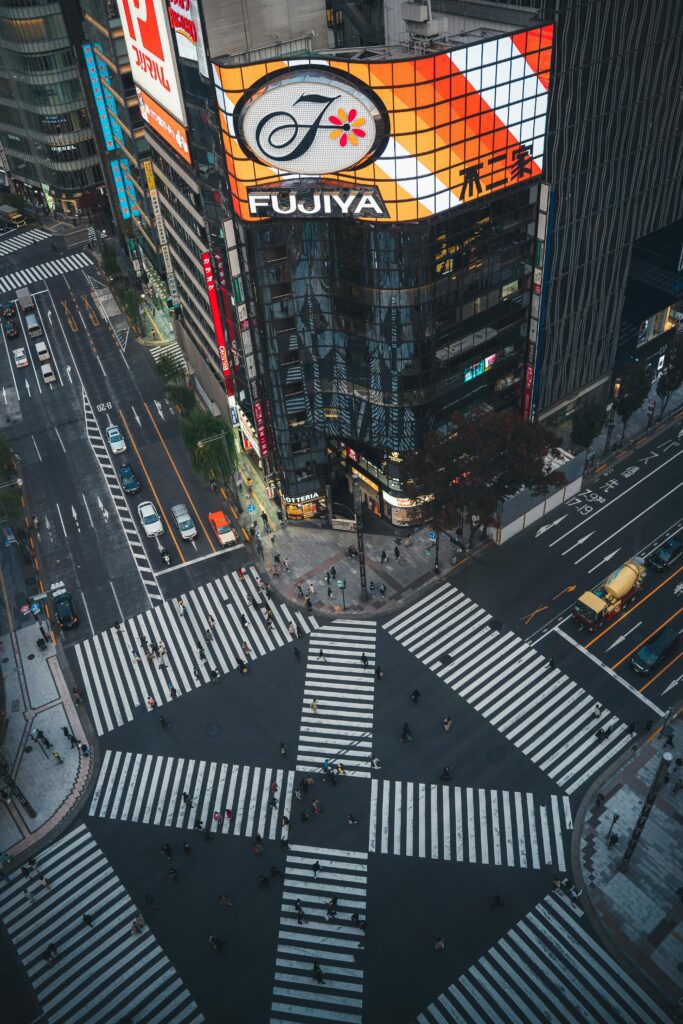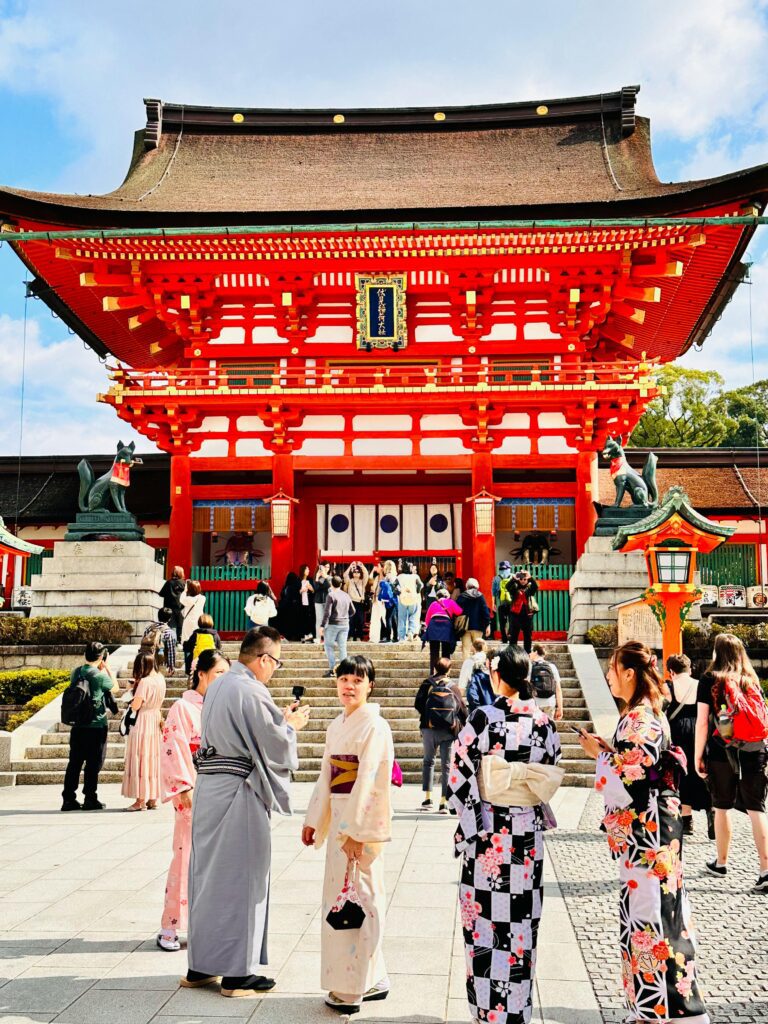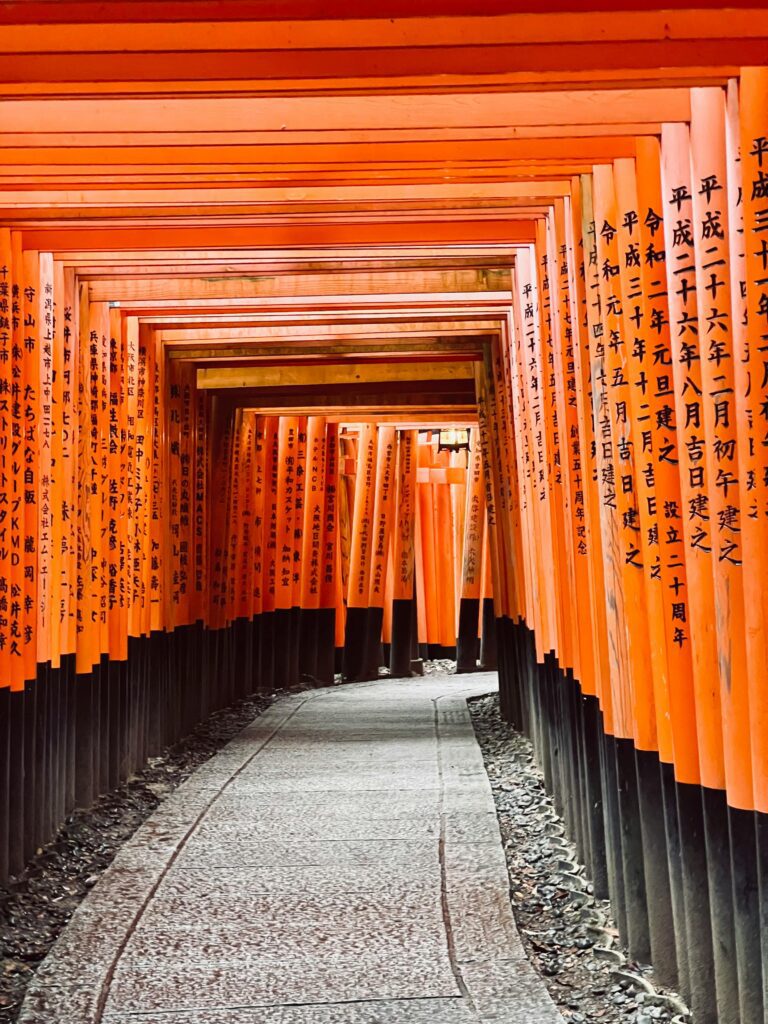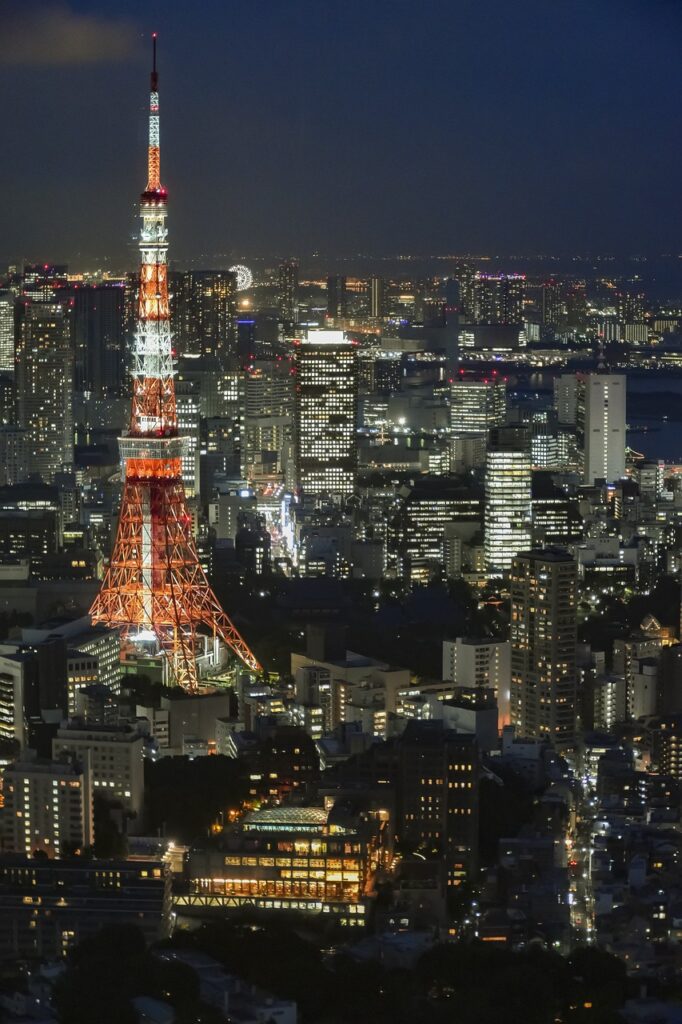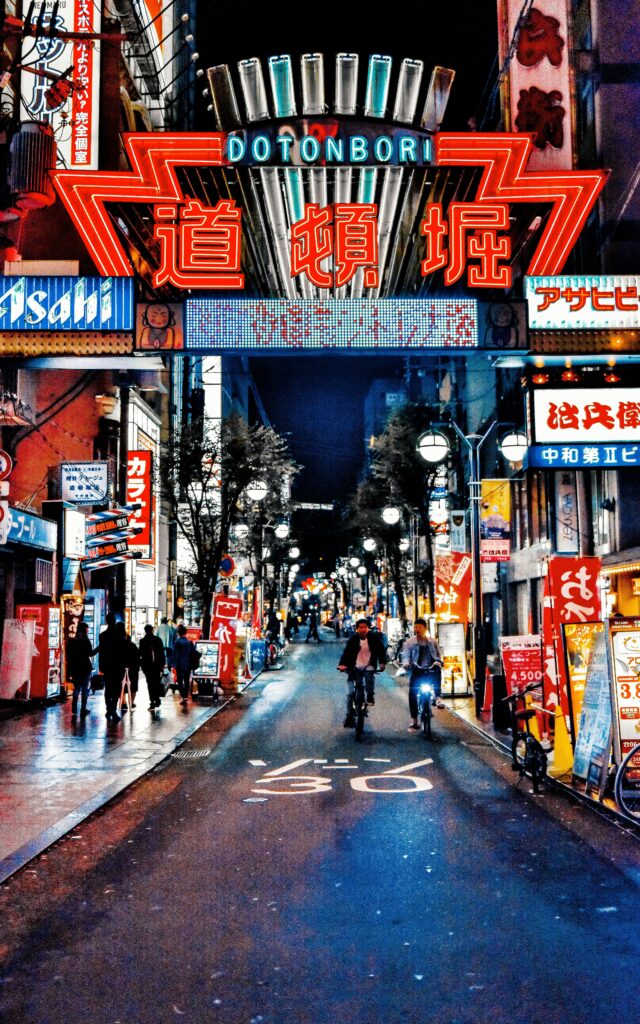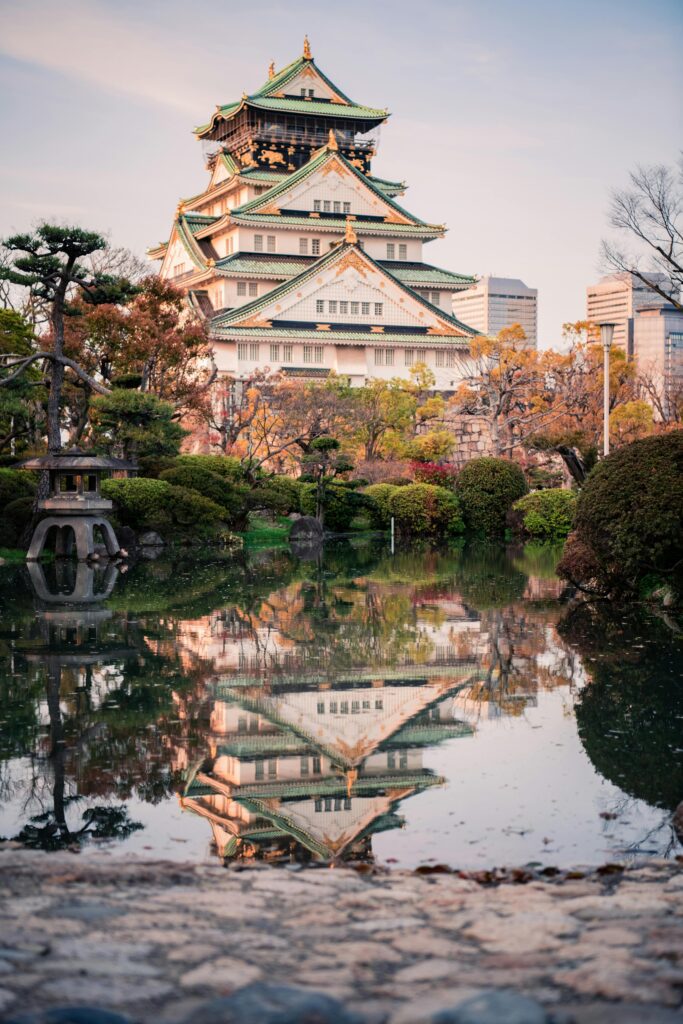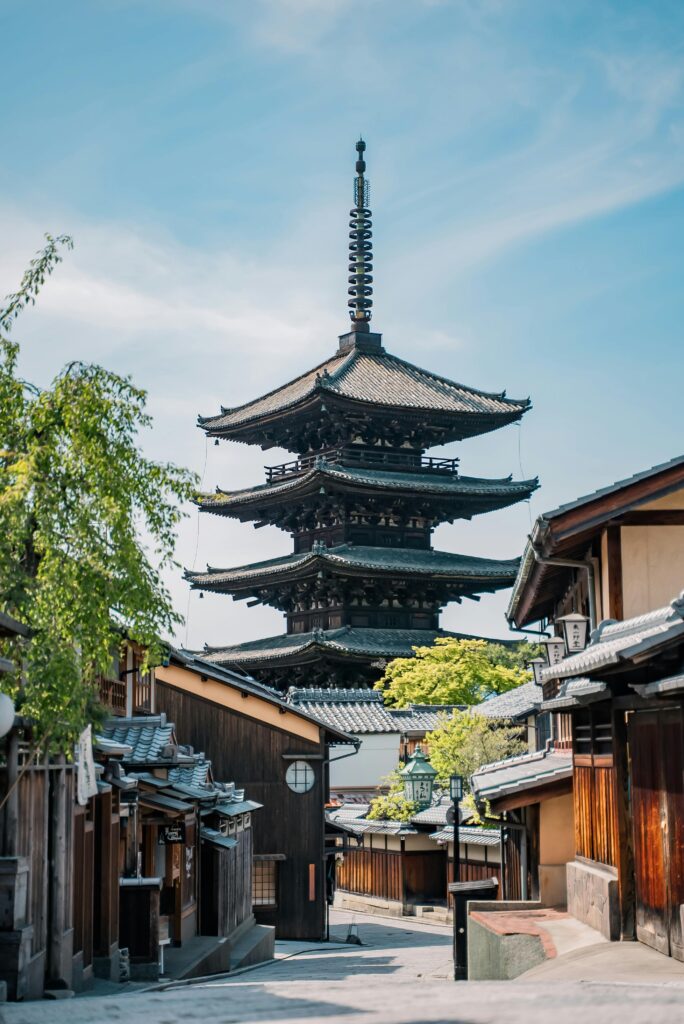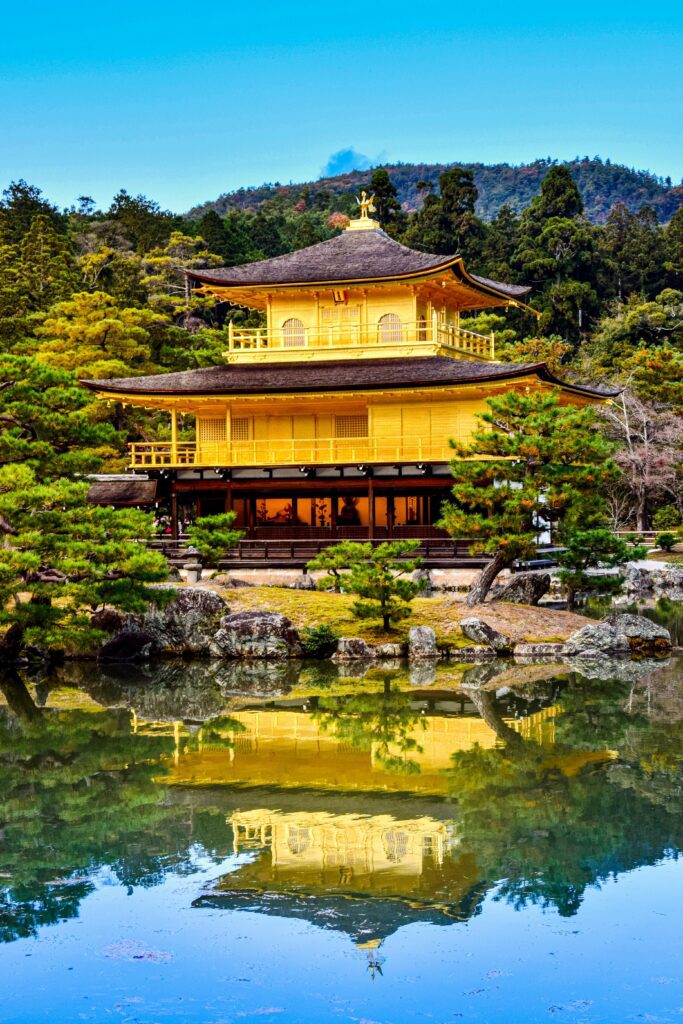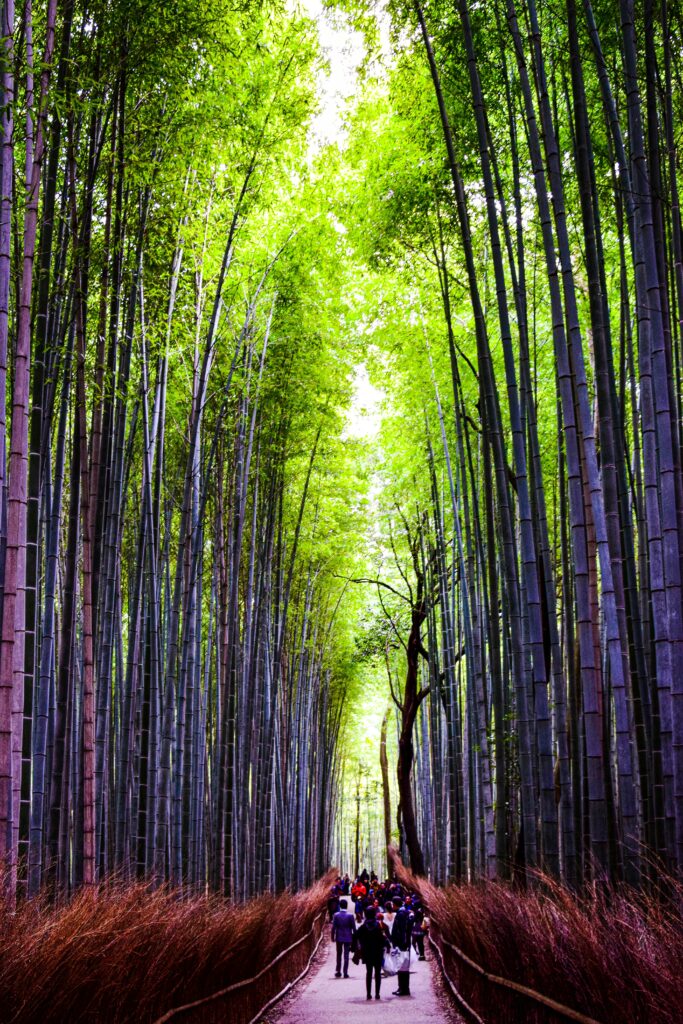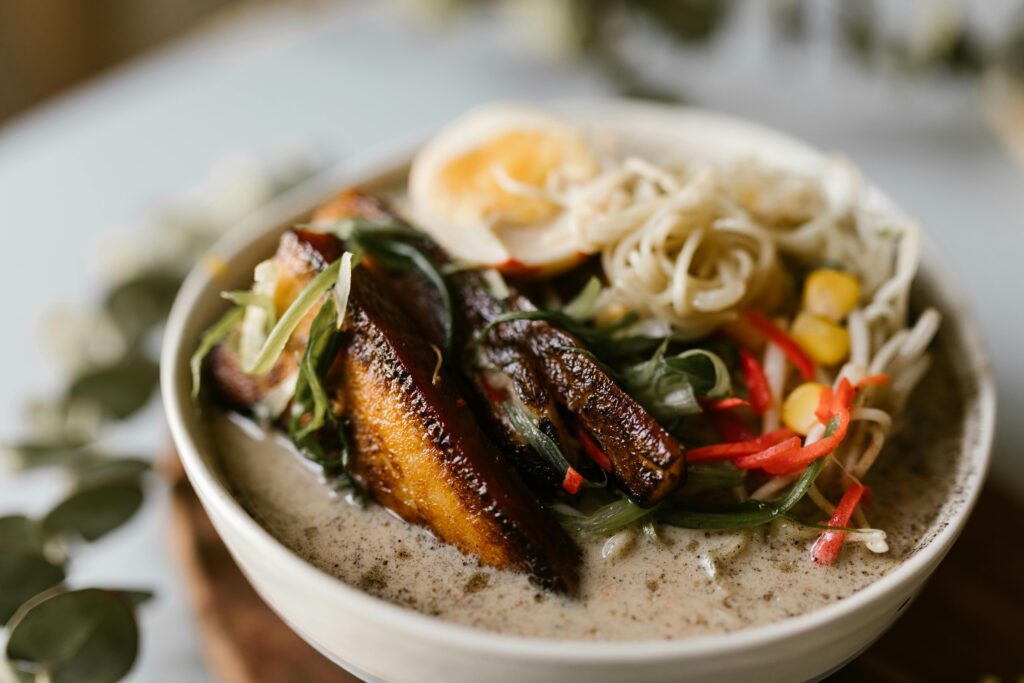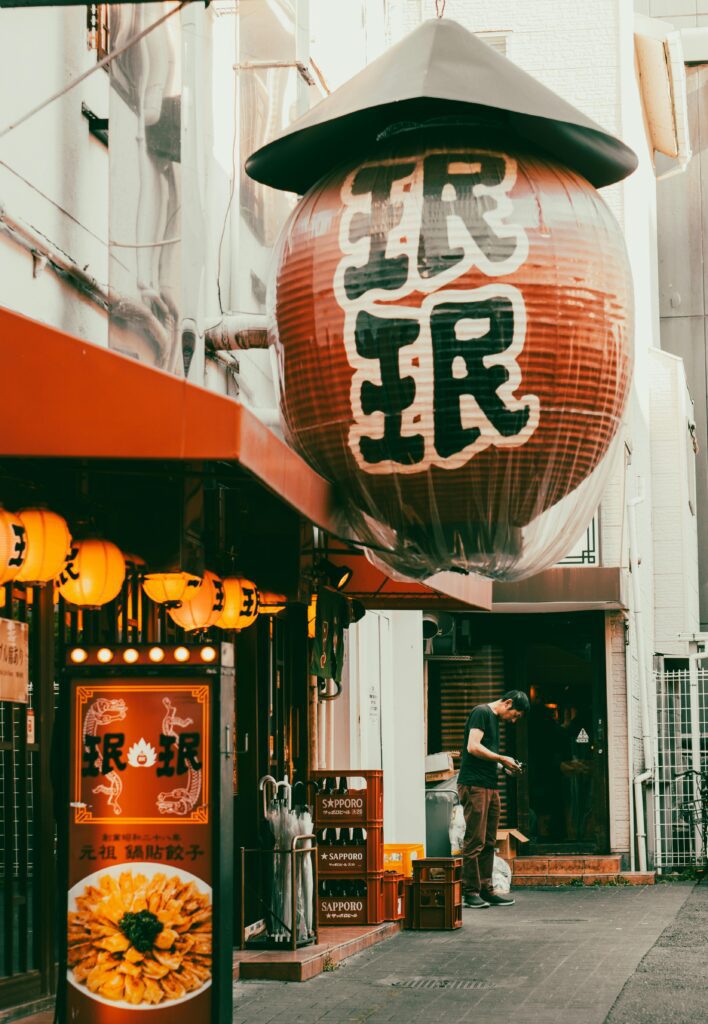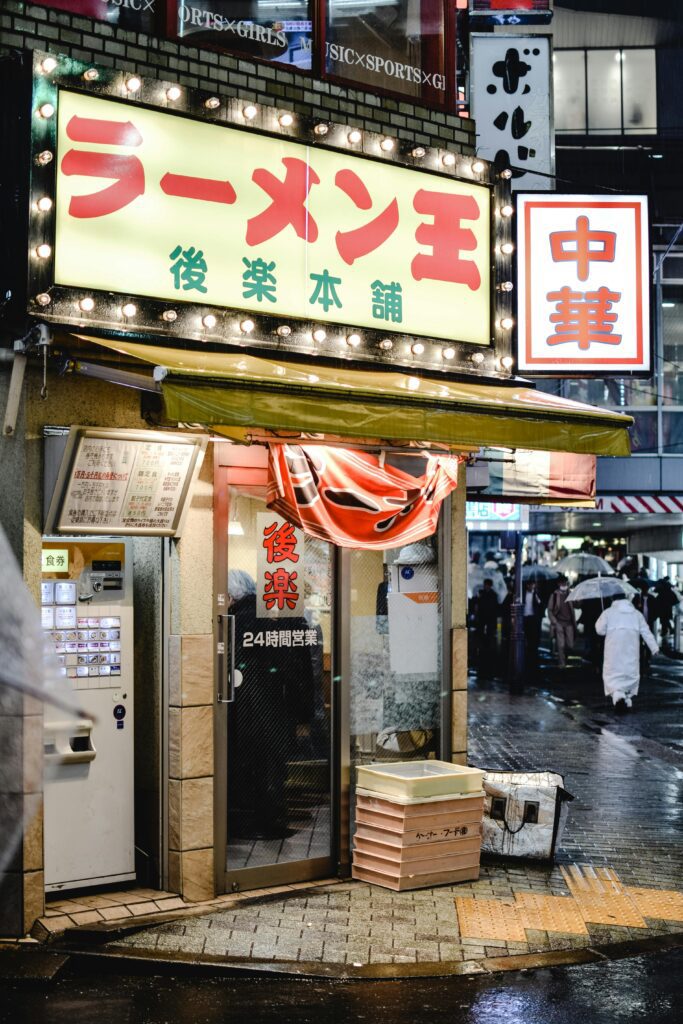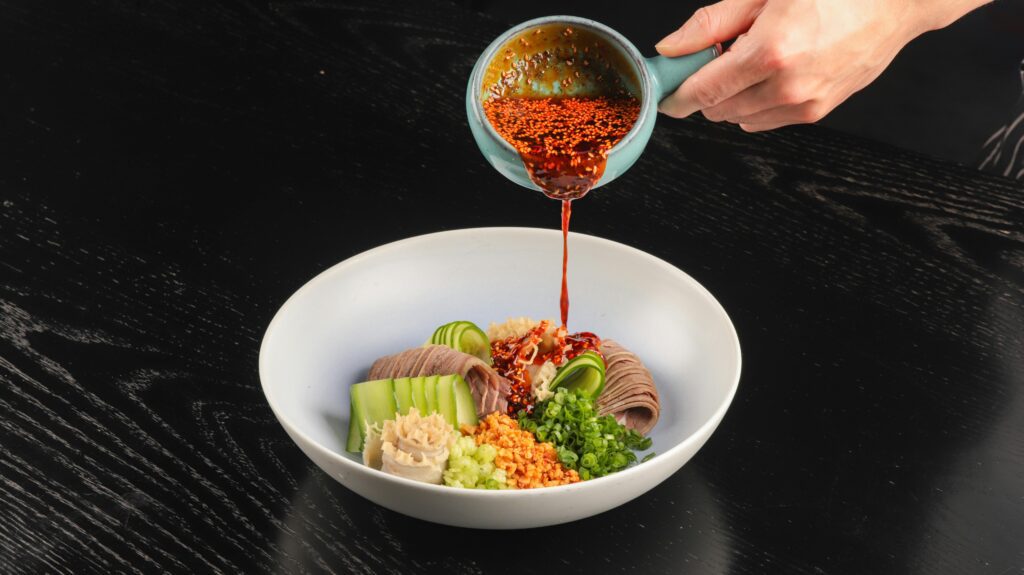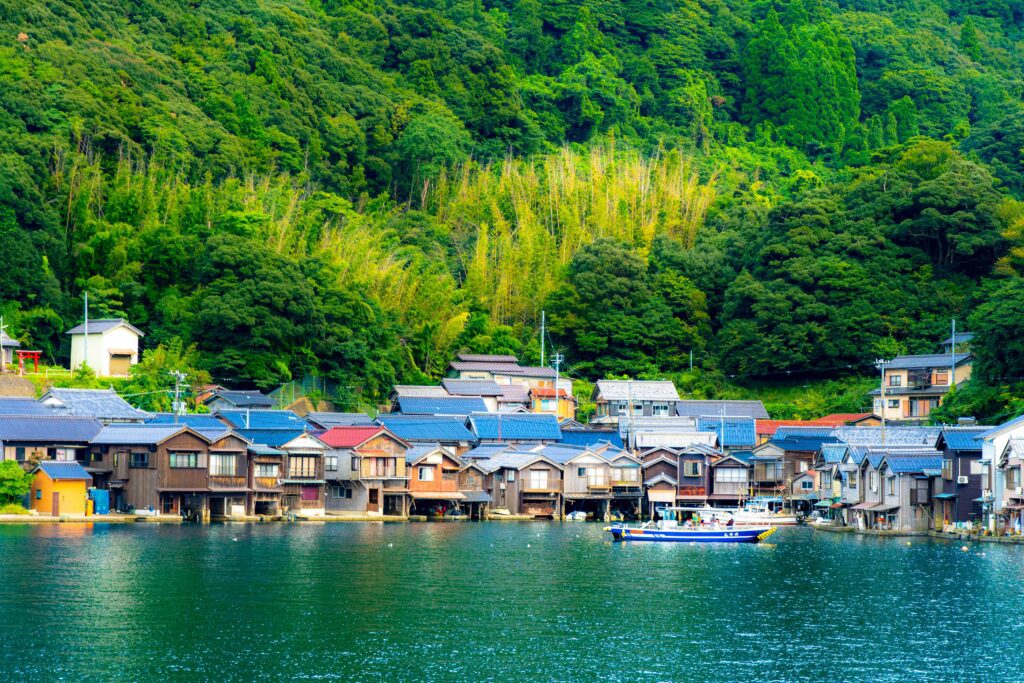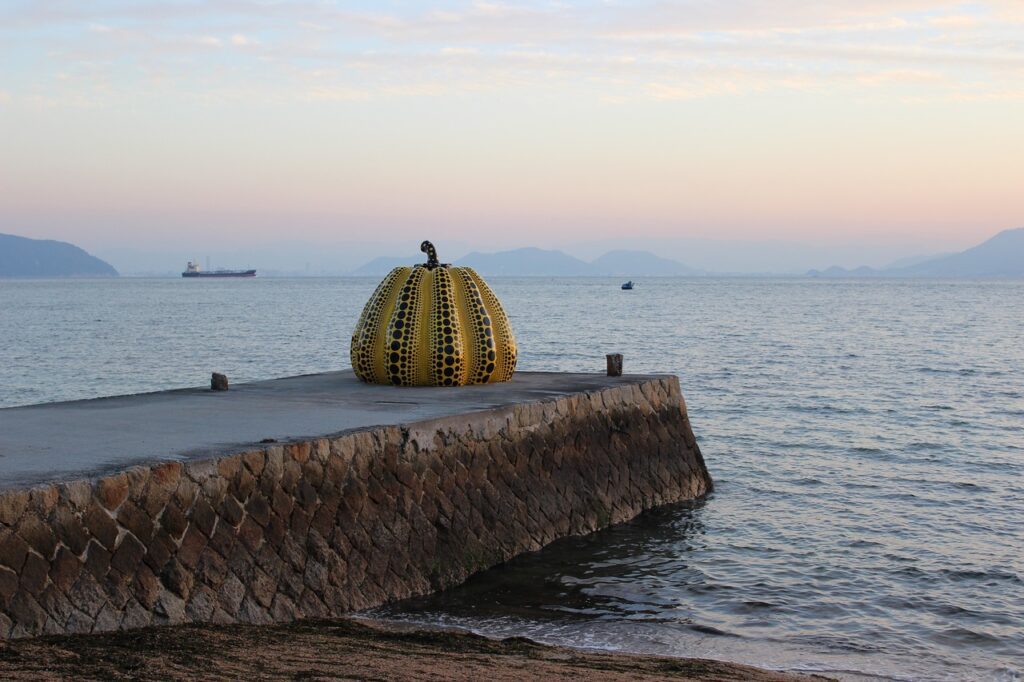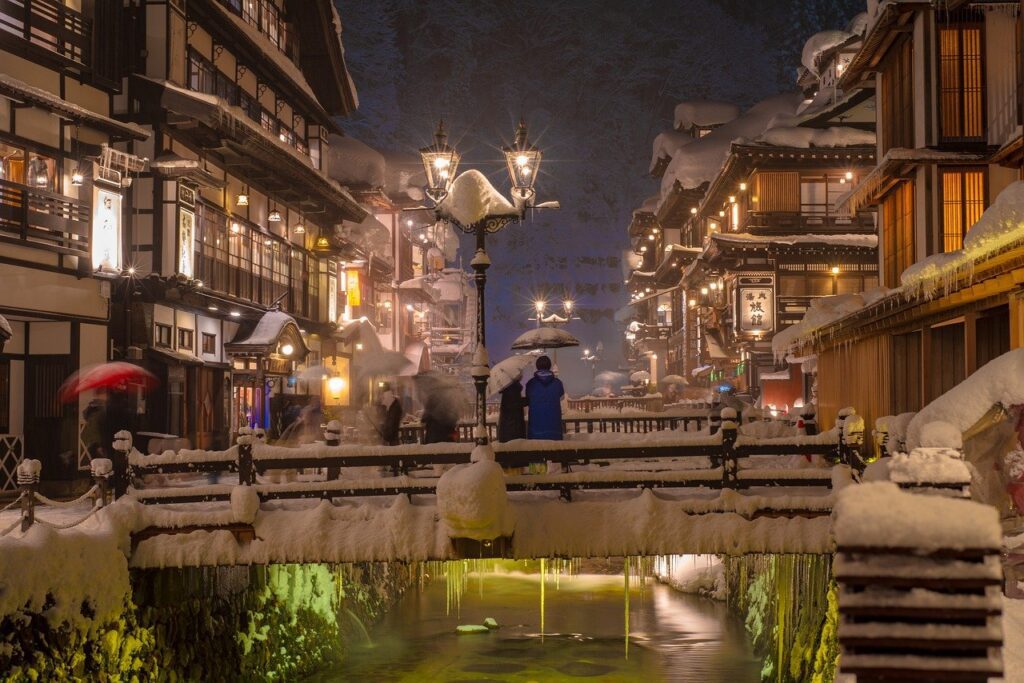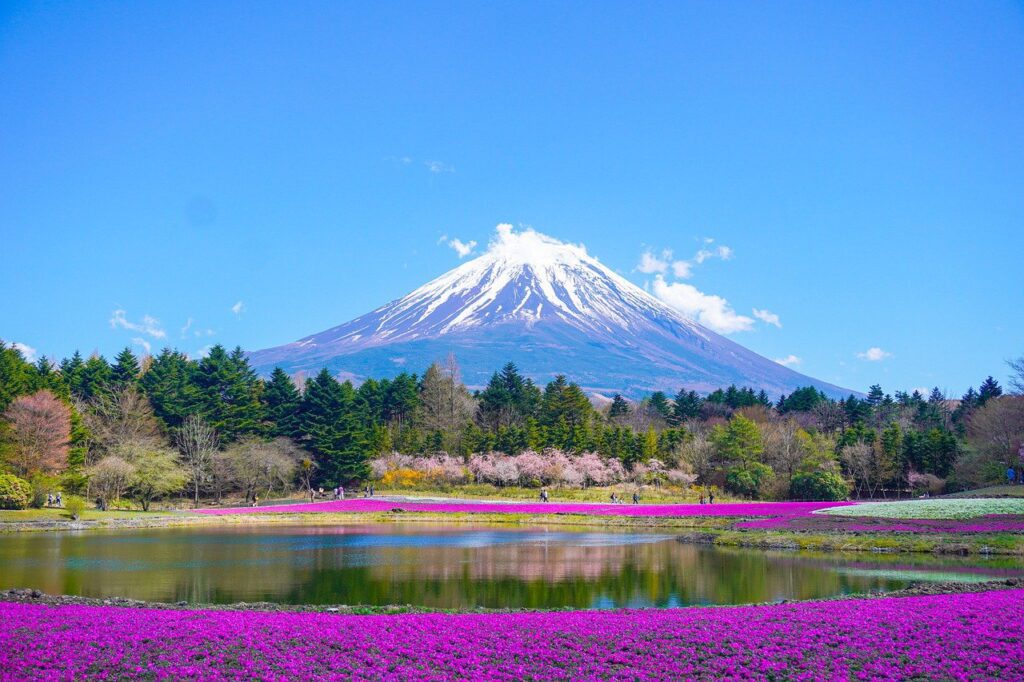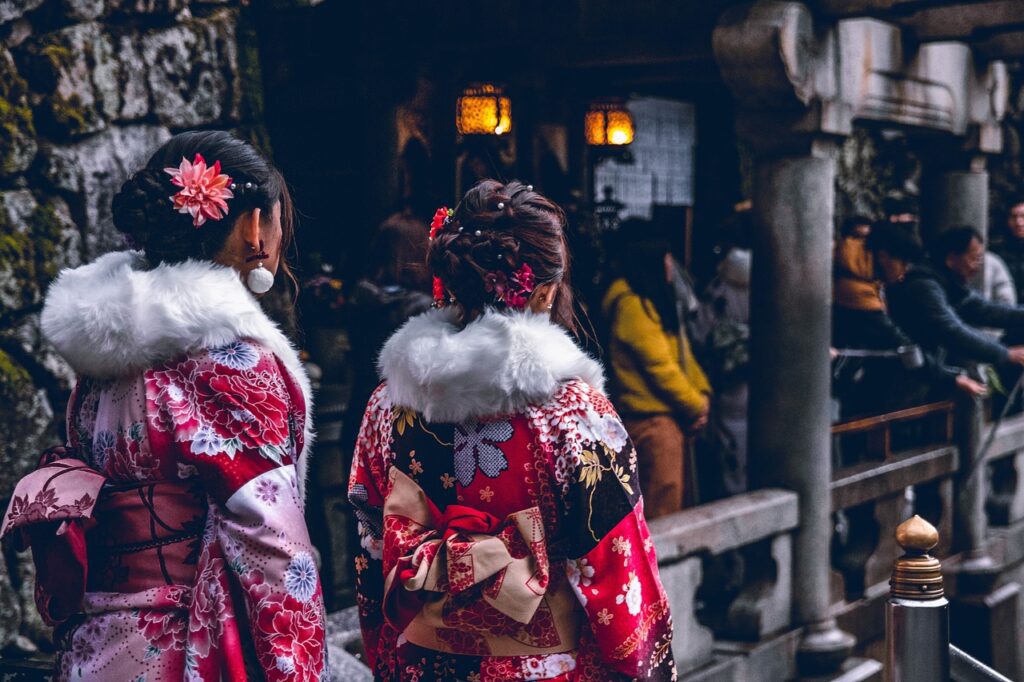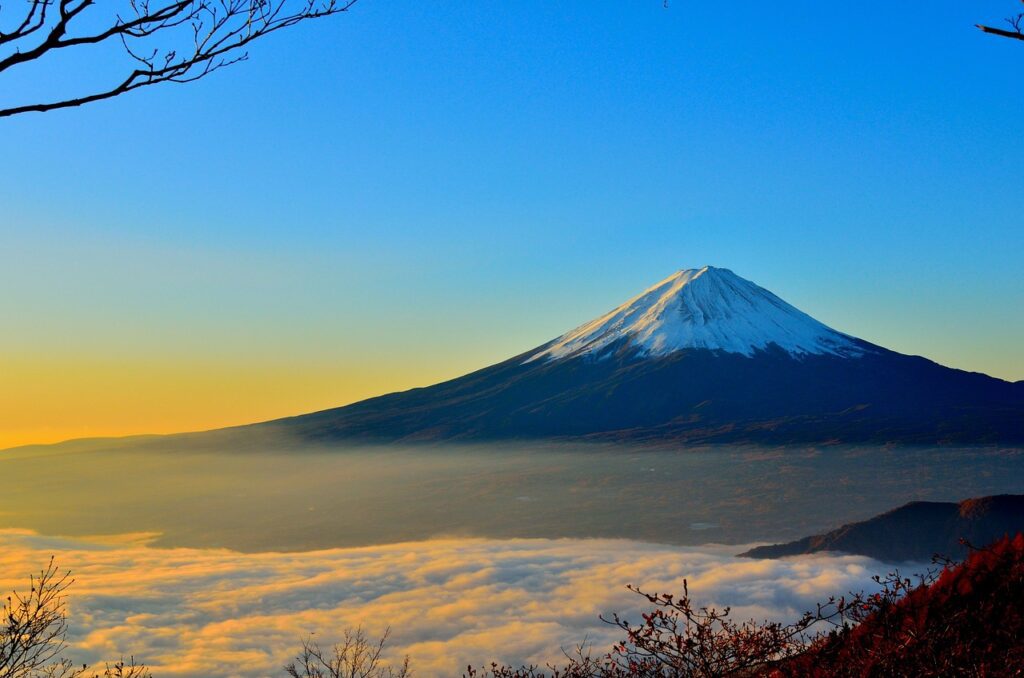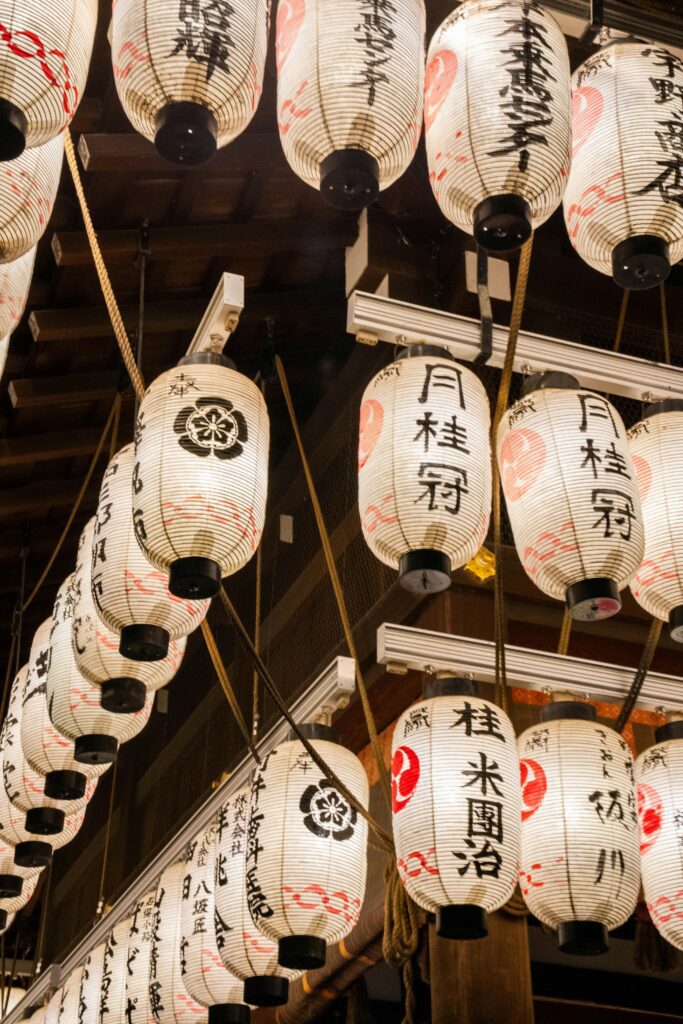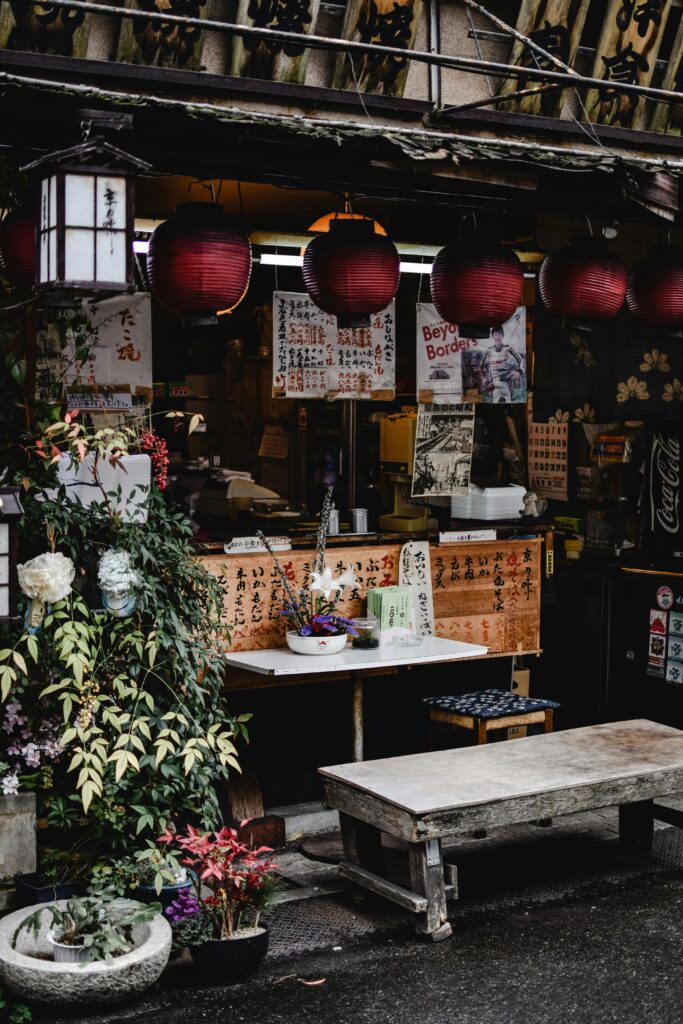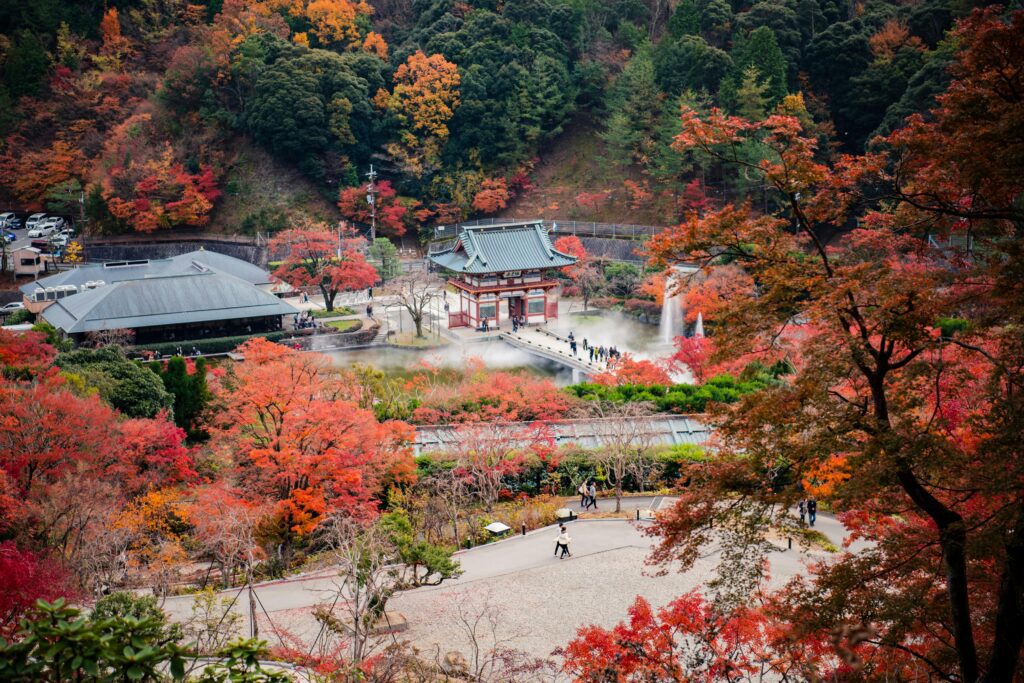Solo Travel in Japan: Essential Tips for First-Time Explorers
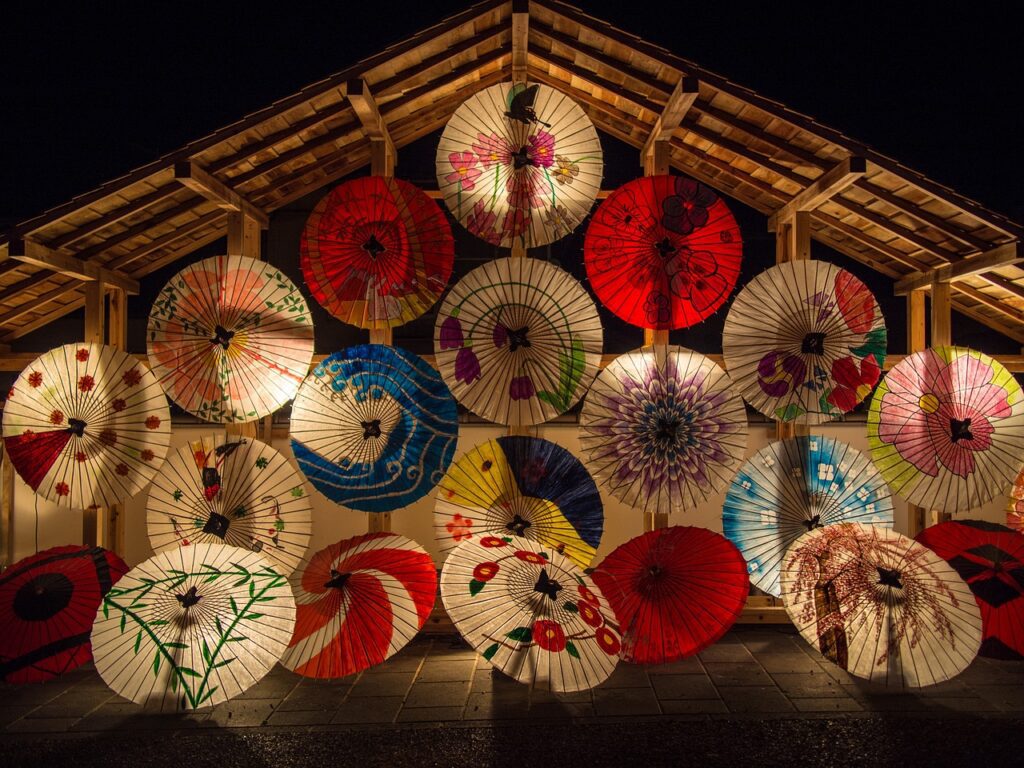
Your Complete Guide to Solo Travel in Japan: Tips and Tricks for an Unforgettable Adventure
Traveling solo in Japan can be one of the most rewarding experiences you’ll ever have. As a solo traveler, you’ll find a world rich in culture, stunning landscapes, and tantalizing cuisine, all waiting for your exploration. While the prospect might seem daunting at first, Japan’s safety and efficiency make it an ideal destination for those seeking adventure on their own.
In this guide, you’ll discover practical tips and insights that will help you navigate the unique challenges and joys of solo travel in Japan. You’ll learn about the best places to visit, how to meet fellow travelers, and ways to immerse yourself in the vibrant local culture. Whether it’s savoring ramen in a bustling street stall or soaking in an onsen surrounded by serene nature, every moment can become a cherished memory.
Get ready to embrace a journey of self-discovery and cultural immersion in a country that harmoniously blends tradition with modernity.
Planning Your Solo Journey
Planning a solo journey to Japan is an exciting adventure that requires thoughtful preparation. To make the most of your trip, consider the following key factors: when to visit, how to create an engaging itinerary, budgeting wisely, and ensuring you have the necessary travel documents. Here’s a closer look at each aspect:
Best Times to Visit Japan
Understanding the best times to visit Japan can significantly enhance your experience. Japan has four distinct seasons, each offering unique sights and activities.

Happy
Spring (March to May)
Famous for cherry blossoms, this is a peak travel season. Late March to early April is particularly popular for hanami (flower viewing). However, be prepared for larger crowds.

Relax
Fall (September to November)
Autumn foliage is breathtaking, making this another peak season. The colorful leaves attract many visitors, especially in late October.

Enjoy
Summer (June to August)
Warm and humid, summer includes festivals like Gion Matsuri in Kyoto. If you enjoy vibrant celebrations, this could be a great time to visit.

Adventures
Winter (December to February)
This off-peak time offers fewer crowds and lower prices. Travelers can enjoy winter sports in regions like Hokkaido or visit hot springs.
Be mindful of major holidays, such as Golden Week (late April to early May) when travel can be hectic and costs rise.
Creating an Itinerary
When crafting your itinerary, it’s essential to find a balance between must-see attractions and downtime. Here are some tips:
- Prioritize Experiences: List the top sites you want to see, like Tokyo Tower or Fushimi Inari Shrine, and allocate time for each.
- Include Local Experiences: Try to add unique experiences, such as a sushi-making class or a tea ceremony.
- Leave Room for Flexibility: While planning is vital, allow for unexpected discoveries. Maybe you’ll stumble upon a charming café or a local market!
- Travel Between Cities: Consider day trips or overnight stays in places like Kyoto or Osaka to explore cultural sites more deeply.
Keeping your itinerary flexible will enrich your experience, making it more enjoyable and less stressful.
Budgeting for Solo Travel in Japan
Budgeting is crucial when planning a solo trip to Japan. Here’s a general breakdown of costs you should expect:

WHERE TO STAY
Accommodation
Options vary widely. Budget hostels can cost $20-$50 per night, while mid-range hotels may range from $100-$200.

TASTE THE LOCAL
Food
Eating out can be affordable. Meals at casual restaurants typically range from $7 to $15. Street food is often inexpensive and delicious.

LET’s RIDE
Transportation
Japan’s rail system is efficient. A Japan Rail Pass for a week can cost around $250, offering unlimited train rides.

THINGS TO DO
Activities
Entrance fees for attractions can range from $5 to $30, so budget for additional experiences like workshops or guided tours.
By planning your budget ahead, you’ll avoid financial stress during your travels.
Essential Travel Documents and Insurance
Before you embark on your journey, ensure you have all necessary documents in place. Here’s what you need:
- Passport: A valid passport is mandatory. Ensure it remains valid for your entire stay.
- Visa: Most visitors from the U.S. and other countries can visit Japan for up to 90 days without a visa for tourist activities. However, always check your eligibility.
- Travel Insurance: While not required, it’s a smart move. Insurance can cover unexpected events like trip cancellations or medical emergencies. It’s better to be prepared for the unexpected.
Don’t overlook the importance of carrying copies of your documents in case of loss.
Careful planning ensures a more enjoyable experience as you navigate the rich culture and stunning landscapes of Japan on your solo journey.
Getting Around in Japan
Traveling solo in Japan is an exciting adventure, and understanding how to get around can enhance your experience significantly. Japan offers a range of transport options, from high-speed trains to bike rentals, making it easy for you to explore its vibrant cities and scenic landscapes. Let’s look at the best ways to navigate this incredible country.
Navigating Public Transport
Japan’s public transport system is famous for its efficiency. Trains, subways, and buses connect cities and towns, making travel seamless.
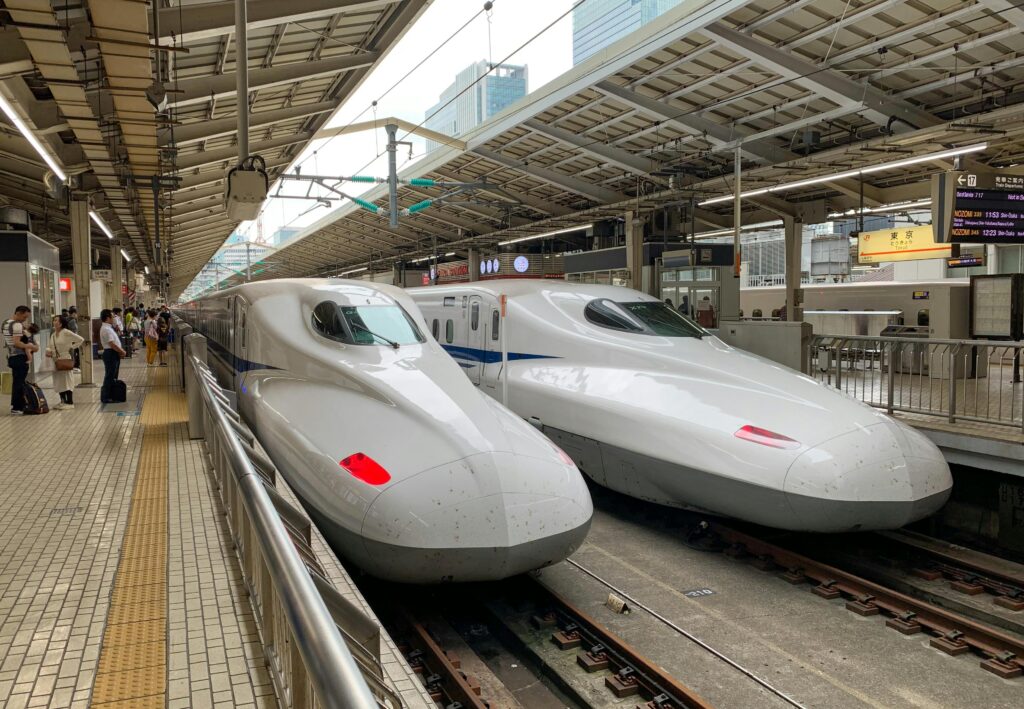
Photo by Justin Brinkhoff
- Trains: The Shinkansen, or bullet train, is a must-try. It’s fast, punctual, and a unique experience. For travel between cities, consider getting a Japan Rail Pass. It allows for unlimited rides on most JR trains, making it budget-friendly.
- Subways: In major cities like Tokyo and Osaka, subways are the backbone of public transport. They can be crowded during rush hours, so try to travel outside peak times. Each subway line is color-coded, and English signs help navigate easily.
- Buses: While less popular than trains in bigger cities, buses are vital for reaching places not served by rail. Many bus services accept prepaid IC cards like Suica or Pasmo, which you can use to pay not only for trains but also for buses.
To make the most of your public transport experience, consider downloading transit apps such as Google Maps or Japan Transit Planner. They provide real-time information and directions.
Renting a Bicycle
Exploring Japan on a bicycle offers a unique perspective of the local culture and scenery. Several cities are particularly bike-friendly, making cycling a great option.
- Tokyo: While known for its busy streets, certain areas like Ueno Park and the waterfront in Odaiba are perfect for biking. Rental services like Docomo Bike are widely available, allowing you to pick up and drop off bikes easily.
- Kyoto: Famous for its temples and historical sites, Kyoto is incredibly bike-friendly. Many rental shops, such as Kyoto Cycling Tour Project, provide maps and suggested routes.
- Osaka: This city also features many bike lanes. Consider using services like Cycle Osaka for guided tours or bike rentals.
Renting a bicycle allows you to discover hidden gems and quieter streets. Plus, it’s a good way to stay active during your travels!
Choosing Accommodations
When you travel solo, choosing the right place to stay can enhance your overall experience. Japan offers various accommodation types, including hostels, hotels, and traditional ryokans.
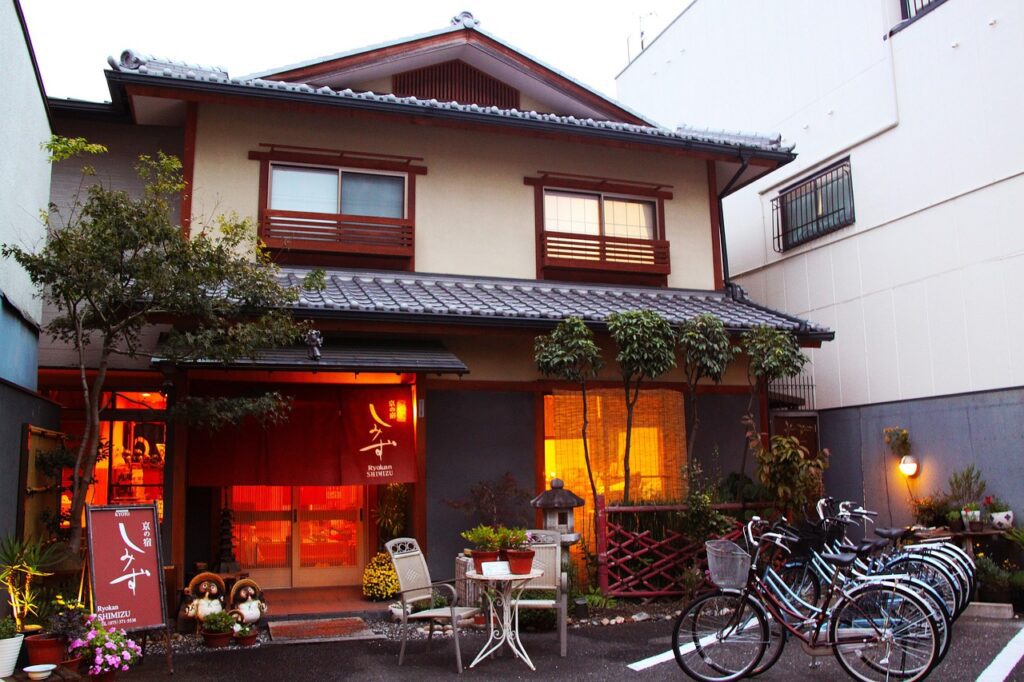
Photo by Sharon Ang
- Hostels: Ideal for solo travelers, hostels like K’s House offer affordable prices and a chance to meet other travelers. Many hostels organize events and tours, making it easier to connect with others.
- Hotels: From budget options to luxury stays, Japan has hotels for every preference. Business hotels provide comfortable rooms and convenient locations for exploring.
- Ryokans: For a taste of traditional Japanese hospitality, stay in a ryokan. These inns often include tatami mats, futons, and kaiseki meals. They provide a unique cultural experience, especially in regions like Kyoto and Hakone.
Ultimately, your choice of accommodations can shape your journey. Research and plan ahead to find the best fit for your travel style and budget.
Safety Tips for Solo Travelers
Traveling solo in Japan is an exciting adventure, filled with beautiful places and rich culture. However, being mindful of safety is essential to making the most of your journey. Below are crucial safety tips to ensure you have a secure and enjoyable experience.
General Safety Precautions
When wandering through the vibrant streets of Japan, keeping safety at the forefront of your mind is key. Here are some general tips to help you stay safe:
- Stay Aware: Always be conscious of your surroundings. Whether you’re in a busy market or a quiet alley, staying alert helps you avoid potential hazards.
- Avoid Risky Areas: While Japan is generally safe, it’s wise to steer clear of poorly lit or secluded places, especially at night. Stick to well-populated areas, particularly in cities like Tokyo and Osaka.
- Local Emergency Contacts: Familiarize yourself with local emergency numbers. The national emergency number in Japan is 110 for police and 119 for medical emergencies. Knowing these can be crucial in times of need.
- Keep Valuables Close: Use a secure bag and keep important items such as your passport, money, and phone within reach. Consider using a money belt for added security.
- Share Your Itinerary: Let a friend or family member know your plans. Sharing your itinerary ensures someone knows where you are, adding an extra layer of safety to your travels.
These precautions can enhance your comfort while exploring the beauty of Japan, allowing you to enjoy its diverse culture and attractions without unnecessary worry.
Cultural Norms and Etiquette
Understanding Japanese culture is vital for navigating your trip successfully. Respecting local customs not only shows appreciation but also ensures a smooth experience. Here are some key behaviors to keep in mind:
- Bowing: Bowing is a common gesture of respect in Japan. Use it when greeting, thanking, or apologizing to someone. The lower you bow, the more respect you convey.
- Table Manners: When eating, remember to say “itadakimasu” before your meal and “gochisosama deshita” afterwards. These phrases express gratitude for the food. Additionally, avoid sticking your chopsticks upright in rice, as this resembles a funeral ritual.
- Quiet Environment: While in public spaces such as trains and restaurants, keep your voice down. Conversations should be discreet, as loud talking is often considered rude.
- Shoes Off Indoors: When entering someone’s home, traditional inn, or certain restaurants, it’s customary to take off your shoes. Look for signs indicating when to remove footwear.
Following these cultural norms will not only earn you respect but will also enhance your overall experience while in Japan. By showing understanding and appreciation for local customs, you contribute positively to your travel adventure.
Must-Visit Destinations for Solo Travelers
Traveling alone can feel both liberating and daunting, especially in a vibrant country like Japan. With its mix of modern cities and rich cultural heritage, Japan offers numerous destinations that cater perfectly to solo adventurers. Each city has something unique to offer, ensuring you will never feel alone in your experiences. Let’s take a closer look at some must-visit spots for solo travelers.
1. Tokyo: The Ultimate Urban Playground
Tokyo is a bustling metropolis filled with exciting activities and landmarks that are perfect for solo travelers. Here are some key attractions and activities that you won’t want to miss:
- Senso-ji Temple Located in Asakusa, this is Tokyo’s oldest temple. It’s an ideal place to soak in some culture and history. You can wander through the beautiful Nakamise Street, lined with shops selling snacks and souvenirs.
- Shibuya Crossing: As one of the busiest pedestrian crossings in the world, visiting Shibuya Crossing is a must. Take a moment to enjoy the organized chaos and snap some memorable photos.
- Akihabara: Known as the otaku paradise, Akihabara is the go-to spot for anime and gaming enthusiasts. Explore the various stores, cafes, and arcades either alone or meet fellow fans.
- Museums and Galleries: Visit the Tokyo National Museum or the Roppongi Hills Mori Art Museum for a dose of art and history. These venues often host solo-friendly activities, including workshops and guided tours.
- Parks and Gardens: Relax in the tranquility of Yoyogi Park or the beautiful Shinjuku Gyoen National Garden. Solo strolls through nature can provide a refreshing break from the city’s hustle.
2. Kyoto: Culture and Tranquility
Kyoto is a city that captures the essence of Japan’s historic charm. With serene temples and beautiful gardens, it’s perfect for reflective moments during your solo journey. Here are some top recommendations:
- Kinkaku-ji (Golden Pavilion): This stunning Zen temple is surrounded by beautiful gardens and a pond, creating a perfect serene atmosphere for solo visitors.
- Arashiyama Bamboo Grove: Stroll through the towering bamboo stalks in this iconic location. It’s a peaceful escape where you can find both beauty and a sense of solitude.
- Gion District: Explore the traditional wooden machiya houses and maybe even spot a geisha. Walking through Gion’s narrow lanes feels like stepping back in time.
- Fushimi Inari Taisha: Famous for its thousands of vermillion torii gates, the hike up Mount Inari is rewarding and perfect for solo exploration. It’s both beautiful and a great way to connect with nature.
- Philosopher’s Path: A quiet walkway lined with cherry trees, this path is excellent for introspection. Along the way, you’ll find small temples, shops, and cafes to enjoy at your own pace.
3. Osaka: Food and Fun
Osaka is known as Japan’s kitchen, and it offers a vibrant culinary scene paired with lively entertainment. Here’s what you should check out:
- Dotonbori District: This area is famous for its neon lights and street food. Try the local specialties like takoyaki (octopus balls) and okonomiyaki (savory pancakes) at casual eateries.
- Kuromon Ichiba Market: Explore this market filled with delicious food stalls. It’s perfect for solo diners as you can sample various dishes at your leisure.
- Namba Parks: This shopping complex has a rooftop garden that’s a great spot for some fresh air and lovely views. Enjoy shopping and dining without the pressure of a group.
- Osaka Castle: Visit this historic landmark and its surrounding park. It’s a place where you can learn about the history while enjoying a peaceful environment.
- Nightlife: Check out bars like The Hub or local izakayas where you can strike up conversations with locals and fellow travelers. Many places are welcoming to solo diners, making it easy to mingle.
Exploring these cities will make your solo trip to Japan both fulfilling and memorable, as each destination presents unique experiences tailored to your adventurous spirit.
Connecting with Other Travelers
Traveling alone in Japan can be one of the most enriching experiences. However, it can sometimes feel a bit lonely. Luckily, there are many ways to meet people and connect with fellow travelers, as well as locals. Whether you’re looking to share tips, explore new places, or just have a friendly chat, these methods can help you build connections during your journey.
Joining Local Tours or Classes
Participating in local tours or classes is a fantastic way to engage with others while diving deeper into Japanese culture. Here’s why these experiences stand out:
- Cultural Immersion: Tours often highlight the unique aspects of Japanese culture, such as traditional tea ceremonies, cooking classes, or guided temple visits. You’ll connect with those who share your interests and can exchange stories.
- Small Groups: Many local experiences cater to small groups, which creates an intimate setting. You can easily strike up conversations with fellow participants and the guide.
- Shared Interests: When you join a class or tour, everyone typically shares a common interest. This could be art, history, food, or nature, making it easier to connect.
- Networking Opportunities: These classes and tours often attract people from various backgrounds. You may meet someone traveling from a different country who has similar travel aspirations or stories.
Here are a few types of experiences to consider:
- Cooking Classes: Learn how to cook sushi or ramen while meeting new friends with a shared love for food.
- Guided Tours: Explore cities like Kyoto or Tokyo with a small group. You can discover hidden gems and make connections along the way.
- Workshops: Look for workshops on crafts like pottery or origami, which provide a hands-on way to engage with Japanese culture.
Utilizing Social Media and Apps
In this age of technology, your phone can be a powerful tool for meeting new people. There are many platforms and apps designed specifically for travelers. Here are some suggestions:
- Travelr: This app connects travelers and locals, allowing you to discover activities, share experiences, and even join groups with shared interests.
- Meetup: A great way to find local events, social gatherings, and activities. You can browse by location and interest, making it easy to find something that suits you.
- Facebook Groups: Search for travel-related groups focused on Japan. You’ll find others planning trips, sharing itineraries, or asking for advice. Engage in discussions and get to know fellow travelers.
- Instagram: Follow hashtags related to solo travel in Japan. You’ll find like-minded travelers and can reach out for suggestions or even meet up.
- Hostel Connections: Many hostels have boards where travelers post about plans and outings. Staying at a hostel also provides ample opportunities to meet other solo travelers.
Connecting with other travelers in Japan not only amplifies the fun of exploring but also enhances your overall experience. Don’t hesitate to reach out and share your journey with others. You’ll likely find that there are plenty of people just as eager to connect as you are!
Navigating Japanese Cuisine Alone
Exploring Japanese cuisine while traveling solo can be an exhilarating experience. From the bustling street corners to elegant dining rooms, Japan offers a wide array of food options that cater to every taste and budget. Whether you prefer a quick snack from a food stall or a leisurely meal at a restaurant, you will find something delightful to enjoy alone. Let’s break down the dining experiences you can have in Japan.
Dining in Restaurants vs. Street Food: Compare experiences and affordability
In Japan, the choice between dining in restaurants and indulging in street food often boils down to personal preference and budget. Here are some key differences to consider:
- Atmosphere: Restaurants offer a more relaxed environment, perfect for enjoying your meal at your own pace. Many feature beautifully designed interiors and a level of service that elevates the dining experience. Street food, on the other hand, gives you a taste of local culture. It is vibrant, fast-paced, and often served at makeshift stalls or food trucks.
- Affordability: Street food can be very budget-friendly, usually costing between 300 to 800 yen per item. You can try various small dishes without breaking the bank. Restaurants vary in price but expect to pay anywhere from 1000 to 5000 yen for a meal. For a more formal dining experience, like kaiseki (a traditional multi-course meal), it can go much higher.
- Food Variety: Restaurants often serve specialty dishes, including sushi, ramen, and tempura, prepared by skilled chefs. Street food offers an entirely different experience with delights like takoyaki (octopus balls) and yakitori (grilled chicken skewers) that are usually prepared right in front of you.
- Convenience: If you’re on the go, street food is a fantastic option. You can grab a delicious snack and continue exploring without needing to sit down. Restaurants require a bit more time but allow you to savor your meal in a more leisurely manner.
Tips for Enjoying Solo Meals: Advise on etiquette and trying new foods
Dining alone in Japan can be both exciting and a bit daunting. Here are some tips to make the most of your solo meals:
- Be Polite: Japanese culture places great importance on manners. A simple bow or a “thank you” (Arigatou gozaimasu) when you enter or leave a place can go a long way. Remember to say “itadakimasu” before starting your meal to show appreciation for the food.
- Try New Things: Don’t be afraid to try unfamiliar dishes. Many restaurants offer taster menus that let you sample different flavors. Let your curiosity guide you. If you see something intriguing, go ahead and order it!
- Learn Basic Phrases: Knowing a few Japanese phrases can enhance your experience. Words like “oishii” (delicious) or “sumimasen” (excuse me) can be helpful and show respect for the culture.
- Dining Alone is Normal: In Japan, many people eat alone, especially in busy cities. You will often see single diners at counters or tables in restaurants. Embrace the experience; there’s no need to feel out of place.
- Use Food Apps: Apps like Yelp or Google Maps can help you find highly-rated spots nearby. Look for photos and descriptions to choose dishes that catch your eye.
In summary, both dining in restaurants and enjoying street food provide unique experiences that are perfect for solo travelers. Embrace the adventure of trying new foods, and remember to savor each moment you spend discovering the rich tapestry of Japanese cuisine.
Hidden Gems in Japan for Solo Travelers
Exploring Japan as a solo traveler reveals countless hidden gems, often missed by those following the usual tourist paths. These lesser-known spots offer unique experiences, allowing you to connect more deeply with the culture and scenery. Here are three must-visit hidden gems where you can immerse yourself in local traditions, enjoy stunning landscapes, and savor delightful foods.
Ine no Funaya
Located in the northern part of Kyoto Prefecture, Ine no Funaya is a picturesque fishing village that seems frozen in time. Known for its distinctive boathouses, called funaya, this charming village sits along the coastline, offering stunning views of the ocean.
- Things to Do: Take a boat tour to explore the bay and see the funaya up close. Visit the local seafood market for fresh catches or enjoy a meal at one of the small family-run restaurants. Don’t miss the chance to try the local specialty, funaya-sushi.
- Getting There: From Kyoto, take the JR train to Amanohashidate Station, then catch a local bus to Ine. The journey takes about two and a half hours.
- Budget: Expect to spend around $20 to $50 for a meal, and boat tours can range from $10 to $30.
- Tips: Bring a camera—this village is immensely photogenic! Plan to visit during off-peak hours to enjoy a quieter experience.
Kinosaki Onsen
Kinosaki Onsen is a traditional hot spring town in Hyogo Prefecture, famous for its seven public bathhouses. It provides a perfect blend of relaxation and local culture, making it ideal for solo travelers seeking rejuvenation.
- Things to Do: Spend the day hopping between the onsen (hot springs), each offering a unique atmosphere. Don’t forget to wear a yukata (a casual kimono) while strolling through the charming streets lined with willow trees. You can also enjoy kaiseki (a multi-course meal) at one of the local inns for an authentic taste of Japanese cuisine.
- Getting There: Take the JR Limited Express from Osaka or Kyoto, which takes approximately two and a half hours.
- Budget: Entry fees for the onsen usually cost around $10 per visit, while a kaiseki meal at a ryokan (traditional inn) may range from $70 to $100.
- Tips: Visit during the early morning or late evening for a more peaceful experience.
Naoshima Island
Known for its contemporary art museums and installations, Naoshima Island in the Seto Inland Sea offers a unique fusion of nature and art. It’s a haven for art enthusiasts and those looking to unwind in serene surroundings.
- Things to Do: Explore the Benesse House Museum, designed by Tadao Ando, and check out the Chichu Art Museum. Spend time outdoors, appreciating the art installations scattered throughout the island. Make sure to visit the “Pumpkin” sculpture by Yayoi Kusama, located right by the waterfront.
- Getting There: To reach Naoshima, take a ferry from Okayama or Takamatsu. The ferry ride lasts about 20 to 50 minutes, depending on your departure point.
- Budget: Museum entry fees range from $10 to $15, and dining options vary from casual cafes to upscale restaurants averaging around $20 to $50 per meal.
- Tips: Renting a bicycle is an excellent way to navigate the island. Visit during the Setouchi Triennale festival to experience unique art installations and performances.
Exploring these hidden gems offers a unique opportunity to experience Japan. Each destination has its own charm and personality, making for unforgettable memories on your solo journey. Don’t just scratch the surface—dive into the local culture, taste the regional specialties, and enjoy the tranquil beauty that these hidden treasures provide.
Frequently Asked Questions
Traveling solo to Japan can raise many questions. Whether you’re curious about safety, accommodations, or how to navigate the culture, it’s natural to seek answers before embarking on your adventure. Here are some common questions solo travelers often have, along with helpful insights.
Is Japan safe for solo travelers?
Japan is considered one of the safest countries in the world for solo travelers. Violent crime is rare, and petty crime, like pickpocketing, is almost nonexistent. Many people walk alone at night, feeling secure in their surroundings. The country’s efficient public transportation makes it easy to navigate between cities, giving travelers access to both urban and rural areas.
Do I need to speak Japanese?
While knowing some basic Japanese phrases can enhance your experience, it’s not necessary to speak the language to enjoy your trip. In larger cities, many locals understand English, especially staff in hotels and restaurants. A simple “thank you” (arigatou) can go a long way. If you face any language barriers, try using translation apps or hand gestures to communicate.
What is the best time to visit Japan?
The ideal time to visit Japan is during the spring (March to May) and autumn (September to November). During spring, the cherry blossoms bloom, creating breathtaking scenery. In autumn, you can enjoy vibrant fall foliage. Weather is generally mild, making it pleasant for outdoor activities.
How do I get around?
Japan’s public transport system is highly efficient and user-friendly. Here are some options for getting around:
- Trains: The Shinkansen (bullet train) connects major cities and is known for its speed and comfort.
- Subway: Cities like Tokyo and Osaka have extensive subway systems that are easy to navigate.
- Buses: Local buses serve areas not reached by trains, especially in rural regions.
- Bicycles: Renting a bike is a great way to explore cities like Kyoto at your own pace.
What types of accommodations are available?
Japan offers a wide range of accommodations suited for solo travelers, including:
- Hostels: Budget-friendly and often a great way to meet other travelers.
- Capsule hotels: Unique sleeping pods that save space and provide privacy.
- Traditional ryokan: Experience Japanese culture with tatami rooms and communal baths.
- Hotels: Many chains offer comfortable stays at various price points.
What are some must-try foods?
Japan is famous for its diverse and delicious cuisine. As a solo traveler, don’t hesitate to explore local eateries. Some must-try dishes include:
- Sushi: Fresh, handmade sushi from local markets is a must.
- Ramen: Each region has its own style, so sample different types throughout your journey.
- Okonomiyaki: A savory pancake filled with various ingredients. It’s both tasty and fun to make.
- Takoyaki: Fried balls filled with battered octopus; a popular street food.
Can I travel alone as a woman?
Absolutely! Many women travel solo in Japan without any issues. The culture is respectful, and there are female-only accommodations if preferred. Just take standard travel safety precautions, like being aware of your surroundings and avoiding isolated areas at night.
Traveling alone to Japan can be an enriching experience filled with adventure and discovery. With a little preparation and an open mind, you’ll find that Japan welcomes you warmly.
Conclusion
Traveling solo to Japan offers an unparalleled experience that combines rich culture with modern convenience.
Embrace the challenges and rewards that come with exploring this unique country alone.
With well-connected transport, welcoming locals, and diverse accommodations, Japan is designed to cater to solo adventurers.
Whether you’re wandering through the tranquil temples of Kyoto or indulging in street food in Osaka, every moment is a chance for personal growth and discovery.
Take the leap, and embark on your journey in Japan—your adventure awaits.


